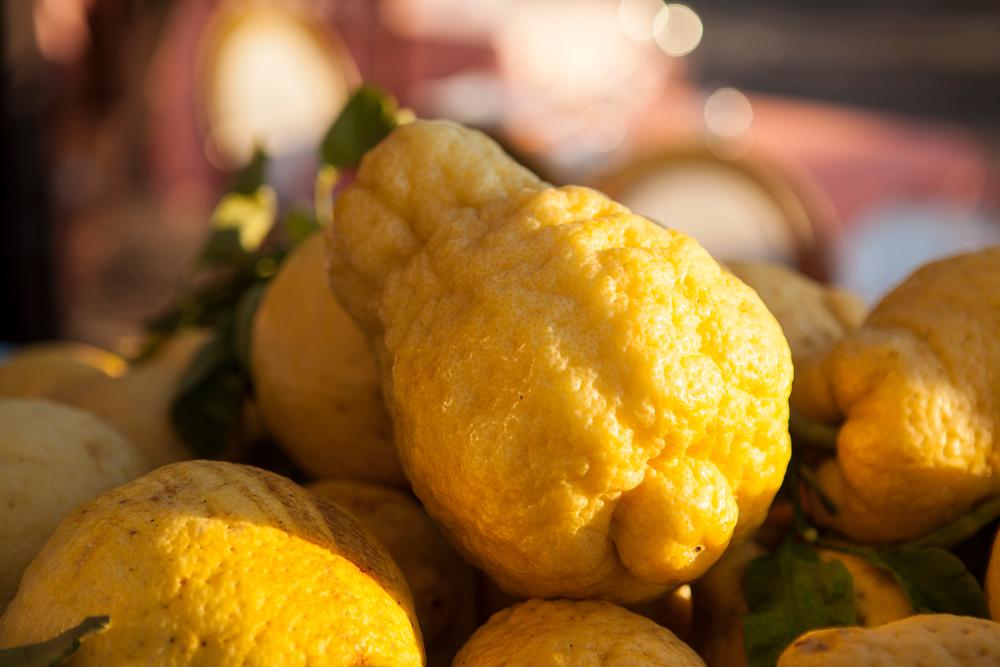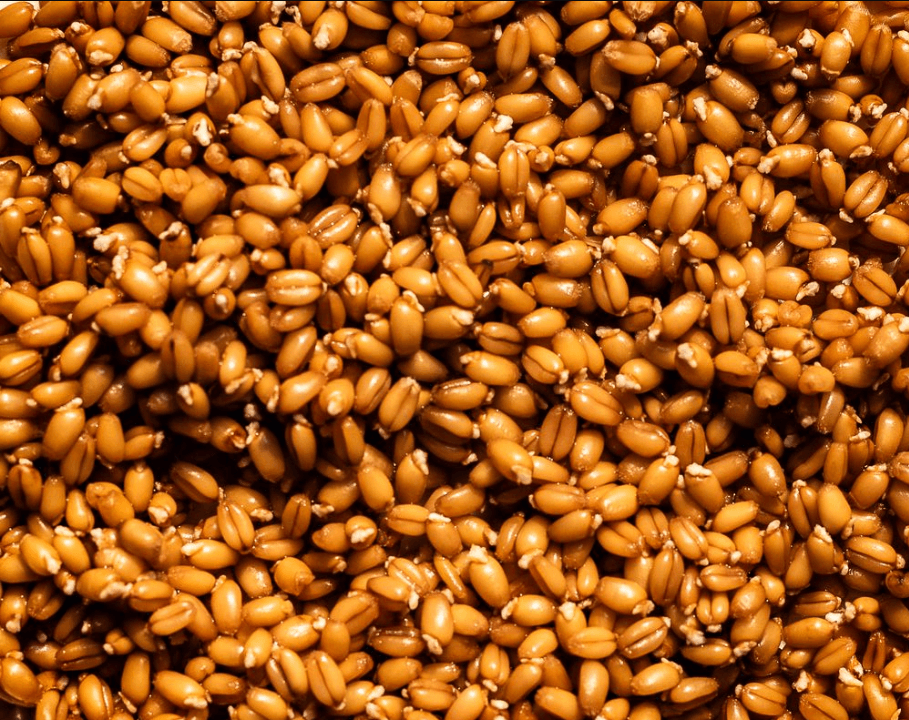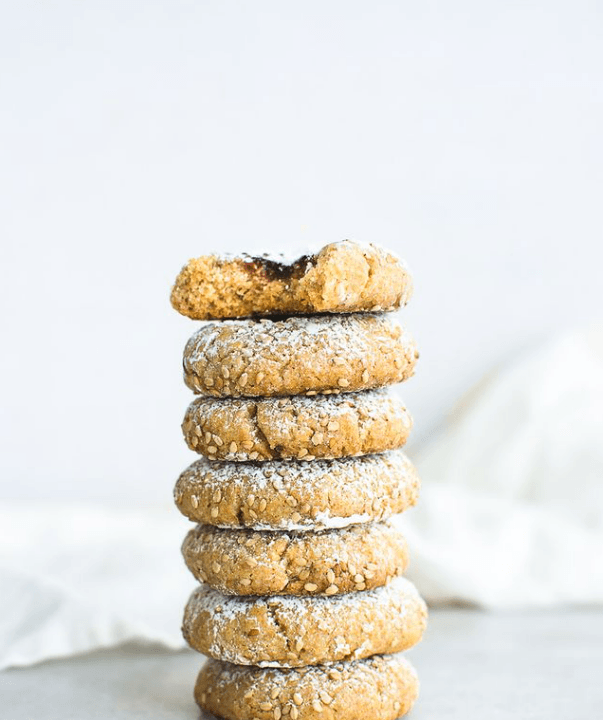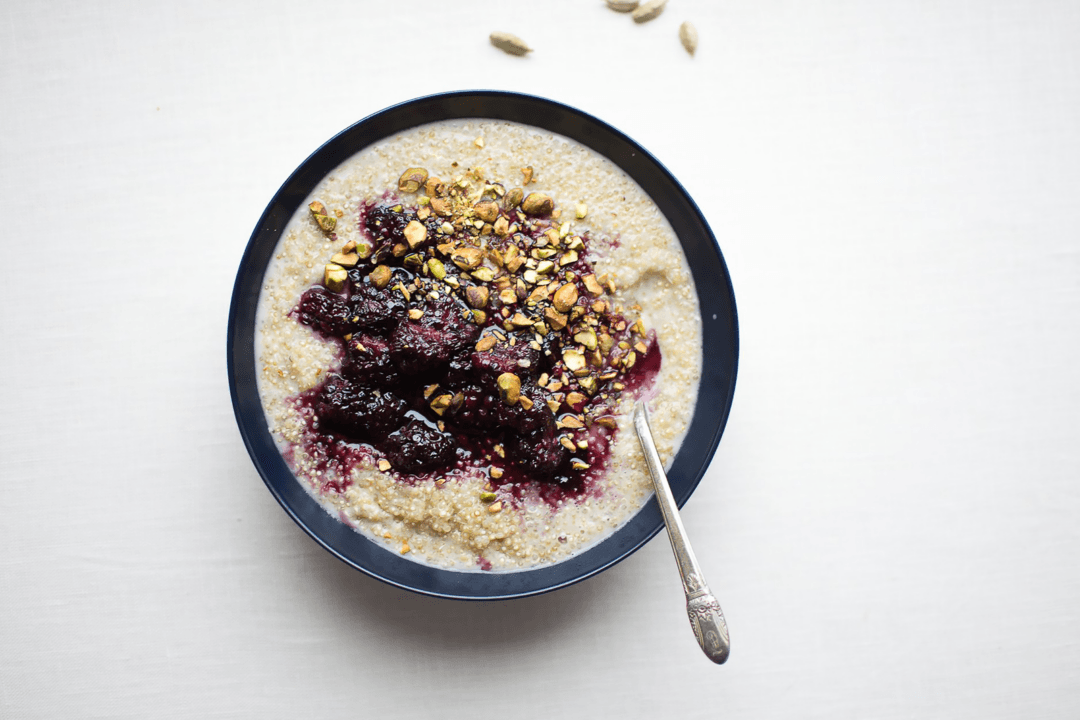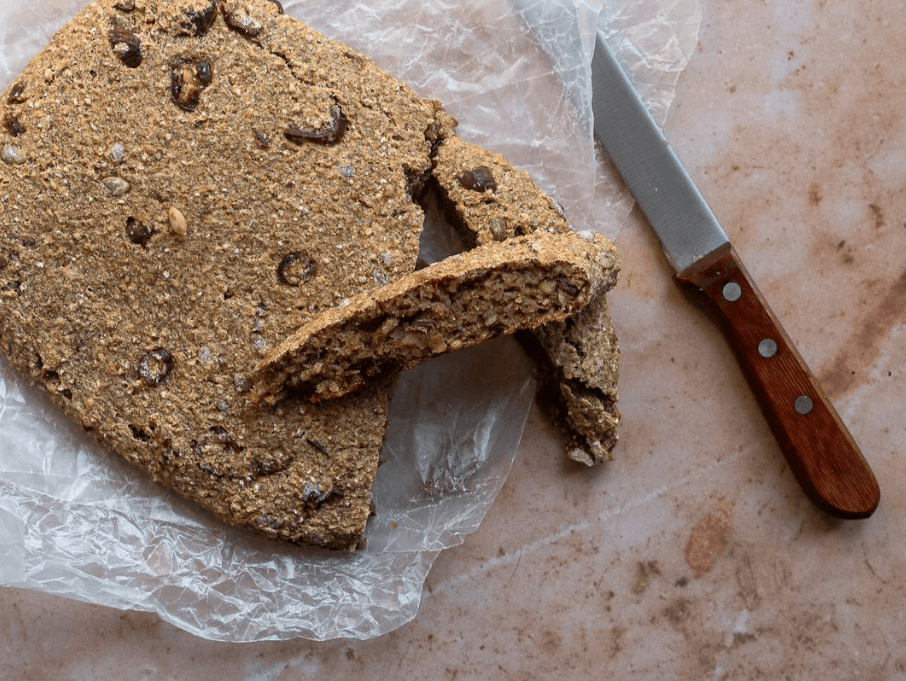It always strikes me as a bit of a marvel that in the deepest and darkest days of winter, citrus arrives with aplomb. It’s on these days, when you’re craving the sun the most, that vividly colored oranges, rosy-hued grapefruit, and bright yellow lemons find their way to your kitchen like little palmfuls of sunshine, bursting with a cheer and their own sort of light.
Sure, you can find lemons, oranges, and clementines year-round, but they’re never quite as good as they are in winter. January and February mark the peak of citrus season, when specialty stores and many well-stocked grocery stores offer less common varieties, such as pink-fleshed pomelos, lumpy-skinned Sumo oranges, and sweet-scented Meyer lemons.
